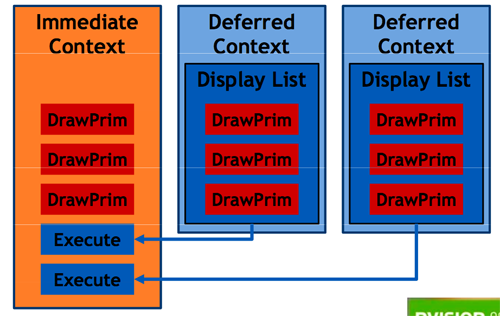Originally Posted by Firaxis @ PC Games Hardware
Civilization V, as far as we know, is the first fully threaded DX11 game.
Unfortunately, because no other games have used this feature yet, neither Nvidia nor AMD have publically released threaded drivers, so users may not experience all the benefits just yet. We decided to keep threading enabled for Civilization V, however, because we are continuing to work closely with Nvidia and AMD on their support for multi-threading. We expect publically available threaded drivers shortly.
The internal architecture of the Civilization V graphics engine, however, is heavily multi-threaded and users will see multi-processor benefits even with drivers that are not threaded (including DX9). We have developed a series of configurable benchmark modes that we use internally for measuring our threading ability. These are fully described in the readme file. After some discussion, we decided to expose these internal tests on the released version so, if the users view the readme file, they will see that there are detailed instructions of these benchmark modes.
|


